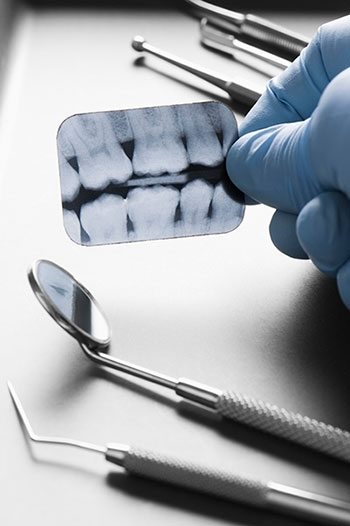 When they first launch their practice, many dentists don’t have a clear idea what the math behind their marketing efforts should look like. They might even feel that their practice can become successful on word-of-mouth alone.
When they first launch their practice, many dentists don’t have a clear idea what the math behind their marketing efforts should look like. They might even feel that their practice can become successful on word-of-mouth alone.
Of course, referrals are important – but they won’t build your practice!
A Clear Marketing Budget is Essential
Once you’ve got the equipment, training, and staff you want, where do you go from there?
According to the Small Business Administration, about 7%-8% of your revenue should go to marketing if your total annual revenue is less than $5 million. All in all, this is a good, balanced figure – but it might not be appropriate for all situations.

What Marketing Budget is Right for New or Competitive Practices?
If your business is brand new, you might need a greater initial investment to connect with your customers. The budget you’ll need to gain traction is partially a function of how many dental practices are already established in your area and what the population is.
If you’re just getting started, a budget of 20% or even 30% of your revenue might be appropriate for a few months. It can also be a good idea to increase your marketing investment to this level whenever you have new equipment or another differentiator that might win new clients.
Once you’re done with your “growth mode,” it’s okay to retrench to the 7% or 8% figure – but don’t go below. Marketing is a long-term, cumulative effort: If you’re not moving forward, you’re falling behind. That’s true with both traditional and digital marketing.
What Should Your Marketing Budget Include?
An effective marketing budget is multi-faceted and could include:
- Initial and ongoing costs of a high-converting dental website using modern SEO.
- Traditional marketing efforts, such as postcards and other mailers or door hangers.
- Occasional outreach campaigns to get customers interested in new services or tools.
- Time and money expenditures involved in setting up community outreach events.
The more you know about your practice’s financials, the easier it’ll be to plan for a reasonable, yet effective budget that can handle occasional fluctuations. Try to gather information on the average amount each customer spends with you per visit or year to get a clearer picture of just how much you can afford to spend and when you can “splurge.” An adaptive, data-driven marketing strategy is worth its weight in gold for dentists!
